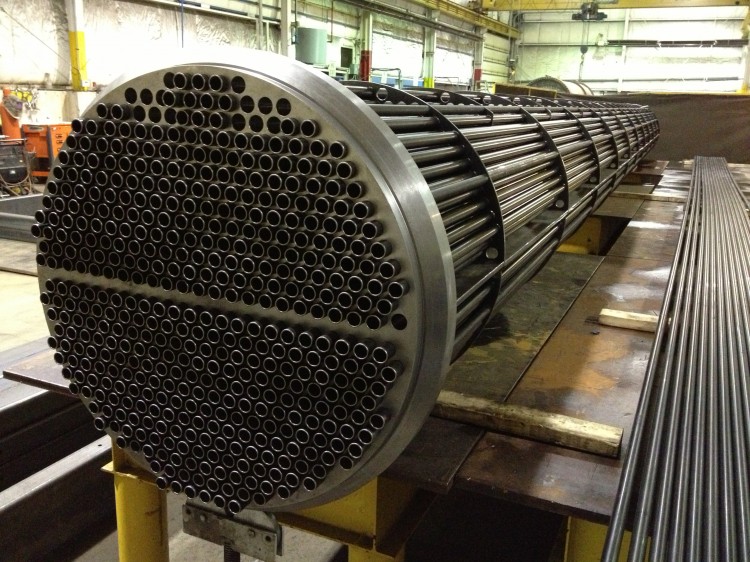Condenser Air ingress Testing

Image - condenser-air-ingress-testing
- NDT Method
Leak Testing - Application Category
Leak Testing
Condenser performance is one of the largest factors affecting thermal power generation efficiency, profitability and emission levels. Air ingress causing a 10 mmHg increase above condenser design pressure and therefore turbine exhaust pressure, will typically reduce generator output by 1%, or increase fuel consumption correspondingly.
Without a real time monitoring system these leaks can, and often do, exist for weeks before they are detected, costing hundreds of thousands of pounds worth of additional fuel use and associated emissions. Larger leaks can cause a build up of air that blankets the condenser cooling surfaces, preventing steam from reaching them and causing a rise in condenser temperature. This in turn causes a further rise in condenser pressure, and turbine inefficiency. Similar effects are caused by poor condenser cooling water/air flow, as well as inadequate suction from the pumps used to remove non-condensable gases. Therefore the ideal monitor should provide continuous readings of temperature, absolute pressure and air ingress, to allow condenser problems to be fully diagnosed
Large amounts can virtually block the condensation process, which of course will cause a substantial rise in back pressure. To prevent excessive accumulation, most power plants use steam jet air ejectors and/or liquid ring vacuum pumps to remove the non-condensable gases. When these methods cannot keep pace with the rate of air in-leakage then the leaks must be found and repaired.
The sources of air in the condenser are due to the following:
- Leakage through packing glands and joints.
- Leakage through condenser accessories, such as atmospheric relief value, etc.
- Air associated with exhaust steam may also liberate at low pressure.
- In the jet condenser, the dissolved air in the cooling water liberates at low pressures.
The effect of the presence of air in condenser are:
- The pressure in the condenser is increased, this reduces the work done by the engine or turbine.
- The partial pressure of steam and temperature are reduced. The steam tables tell us that at lower pressure, the latent heat of steam is more. To remove this greater quantity of heat, more cooling water has been supplied and, thus under cooling of the condensate is likely to be more severe resulting in lower overall efficiency.
- The presence of air reduces the rate of condensation of steam since the abstraction of heat by the circulating cooling water is partly from the steam and partly through the air.
- The rate of heat transfer from the vapor is reduced due to the poor thermal conductivity of air. Thus, the surface is of the tubes has to be increased for a given condenser duty.
- An air extraction pump is needed to remove air still some quantity of steam escapes with the air even after shielding to the air extraction section. This reduces the amount of condensate. Moreover, the condensate is undercooled, with the result that more heat has to be supplied to the feed water in the boiler.
Articles related to Leak Testing
Talk to us Now !
We offer the best and most affordable NDT services in the market.
